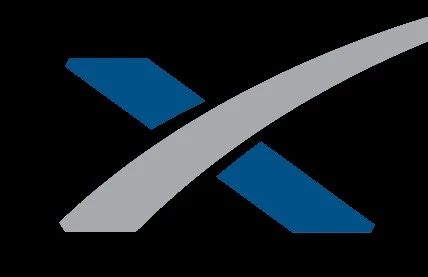

This is the best summary I could come up with:
“This decision was driven by exceptional circumstances” said Phil Evans, director general of the organization Eumetsat.
The decision, taken at a council meeting of Eumetsat’s 30 member nations on Wednesday and Thursday, comes less than two weeks before the debut of the Ariane 6 rocket, scheduled for July 9.
As a result some of Europe’s most valuable missions, including the Euclid space telescope and several Galileo satellites, have already launched on the Falcon 9.
The organization added, “This first European sounding satellite in a geostationary orbit will bring a revolution for weather forecasting and climate monitoring in Europe and Africa, and make it possible, for the first time, to observe the full lifecycle of a convective storm from space.”
The MTG-S1 satellite was due to launch on the third flight of the Ariane 6 rocket, a mission nominally scheduled for early 2025.
Whatever their reasons, the European satellite officials have thrown a massive turd into the punchbowl at festivities for the debut of the Ariane 6 rocket.
The original article contains 700 words, the summary contains 167 words. Saved 76%. I’m a bot and I’m open source!

This is the best summary I could come up with:
On all of these occasions, engineers expected none of the disposable hardware would survive the scorching heat of reentry and make it to Earth’s surface.
More stuff is getting launched into space than ever before, and the trend will continue as companies deploy more satellite constellations and field heavier rockets.
“The biggest immediate need now is just to do some more work to really understand this whole process and to be in a position to be ready to accommodate new materials, new operational approaches as they happen more quickly,” said Marlon Sorge, executive director of Aerospace’s Center for Orbital and Reentry Debris Studies.
Ideally, a satellite or rocket body at the end of its life could be guided to a controlled reentry into the atmosphere over a remote part of the ocean.
But this is often cost-prohibitive because it would require carrying extra fuel for the de-orbit maneuvers, and in many cases, a spacecraft doesn’t have any rocket thrusters at all.
In May, a 90-pound chunk of a SpaceX Dragon spacecraft that departed the International Space Station fell on the property of a “glamping” resort in North Carolina.
The original article contains 402 words, the summary contains 188 words. Saved 53%. I’m a bot and I’m open source!